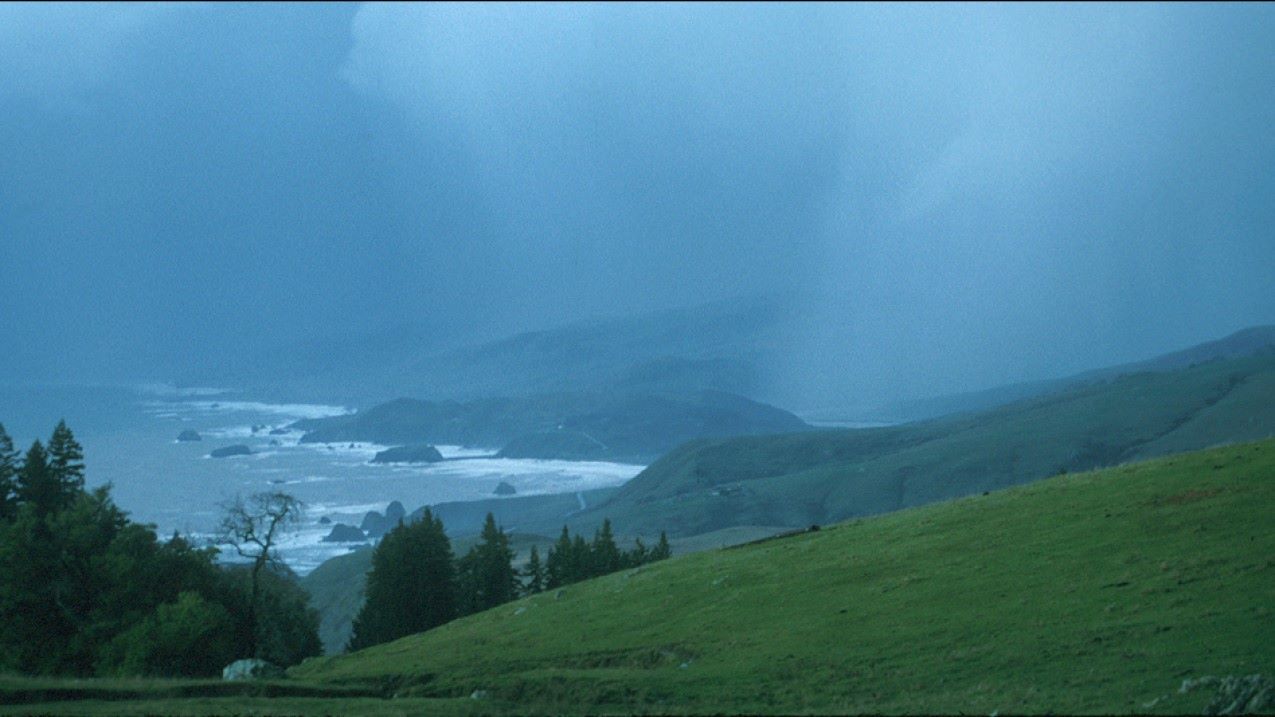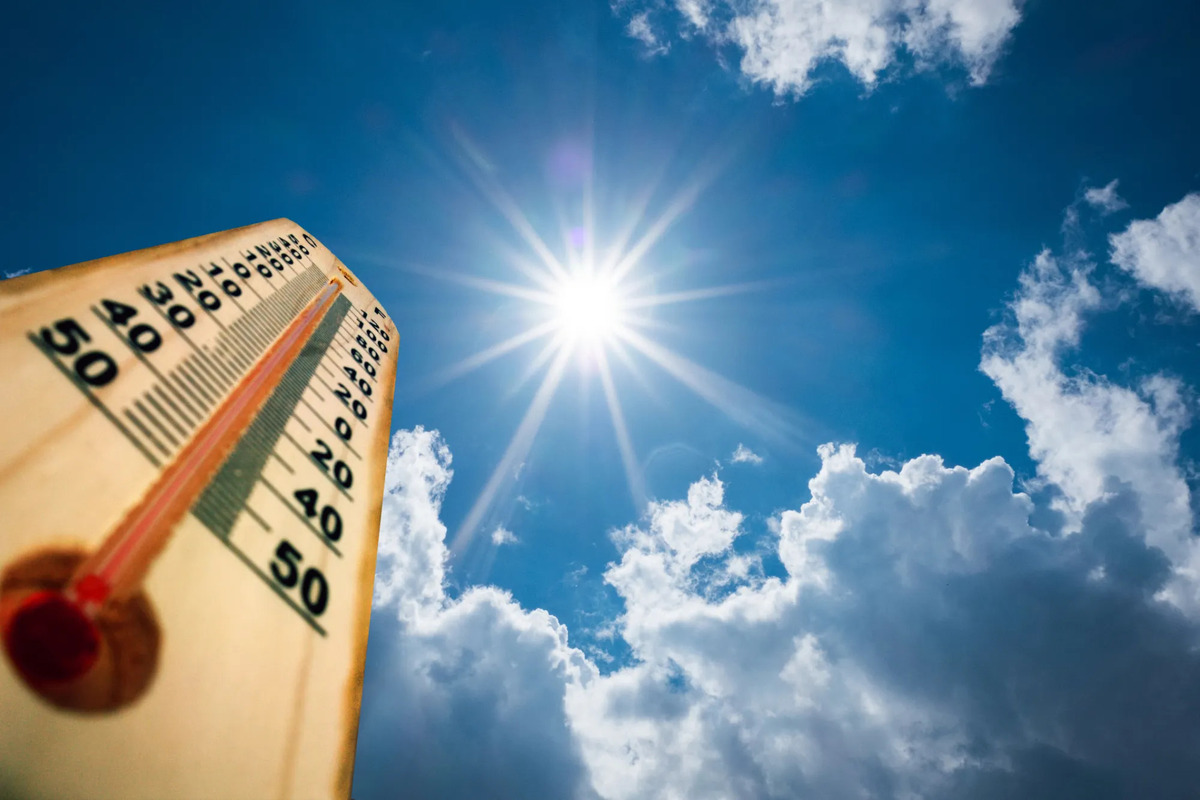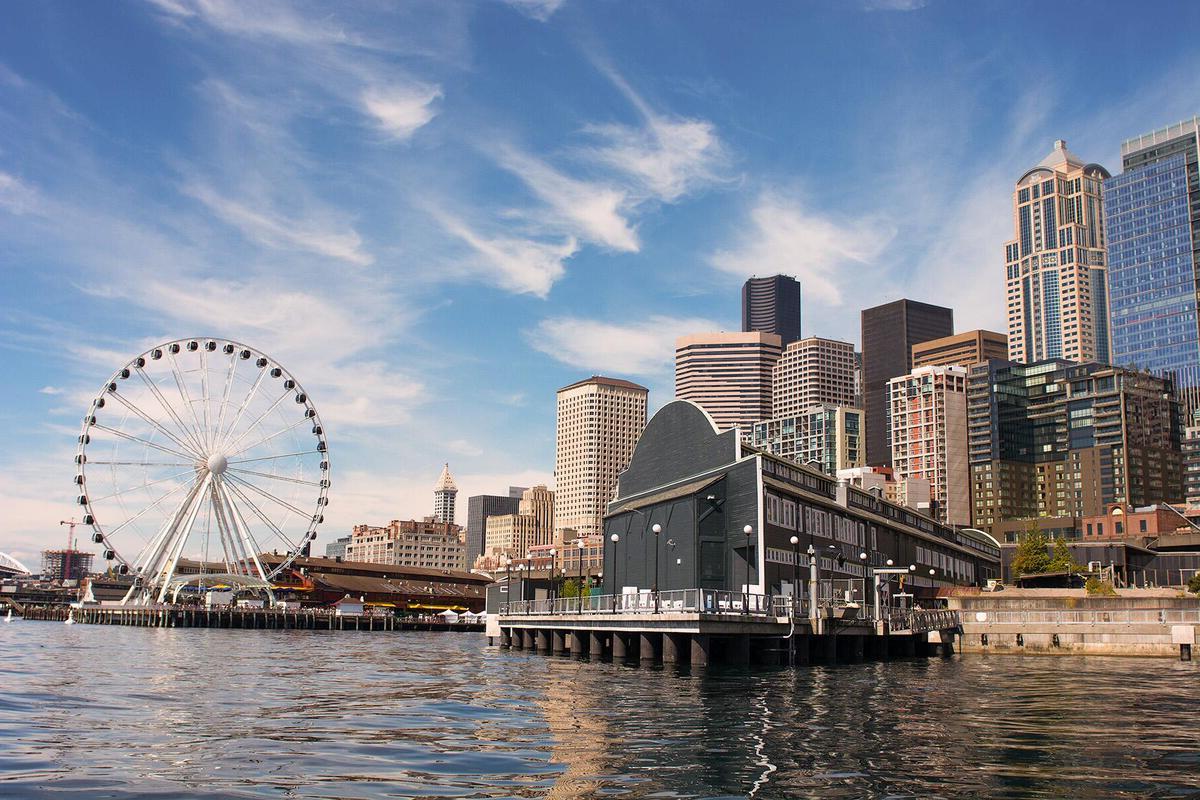Home>Weather and Climate>How Mediterranean Weather Affects Local Agriculture


Weather and Climate
How Mediterranean Weather Affects Local Agriculture
Published: October 10, 2024
Explore the weather and climate of the Mediterranean region with this comprehensive guide. Learn about the unique conditions and climate patterns in this diverse area.
(Many of the links in this article redirect to a specific reviewed product. Your purchase of these products through affiliate links helps to generate commission for Temperatures.com, at no extra cost. Learn more)
So, you're curious about Mediterranean weather, huh? Let me paint you a picture. Imagine waking up to clear, blue skies almost every day. That's your typical scene here. Summers? Hot and dry. We're talking about temperatures that easily hit 30°C (86°F) in July and August. Perfect for beach lovers, but remember to stay hydrated and slap on sunscreen.
Now, winters are a different story. Mild but wet. Picture this: you're exploring ancient ruins or quaint towns, and it's around 10°C to 15°C (50°F to 59°F). You'll need a light jacket, especially when rain decides to join your adventure. Rainfall peaks from November through February, transforming landscapes into lush, green paradises.
Spring and autumn? Chef's kiss. These seasons are why people fall in love with the Mediterranean. Temperatures are just right, hovering between 15°C and 25°C (59°F and 77°F). Flowers bloom, and outdoor cafes fill up. It's the perfect time for sightseeing without the scorching heat or the tourist crowds.
So, whether you're here for the sun-kissed beaches or the rich history, understanding the climate sets you up for an unforgettable experience. Just pack accordingly, and you're good to go!
















